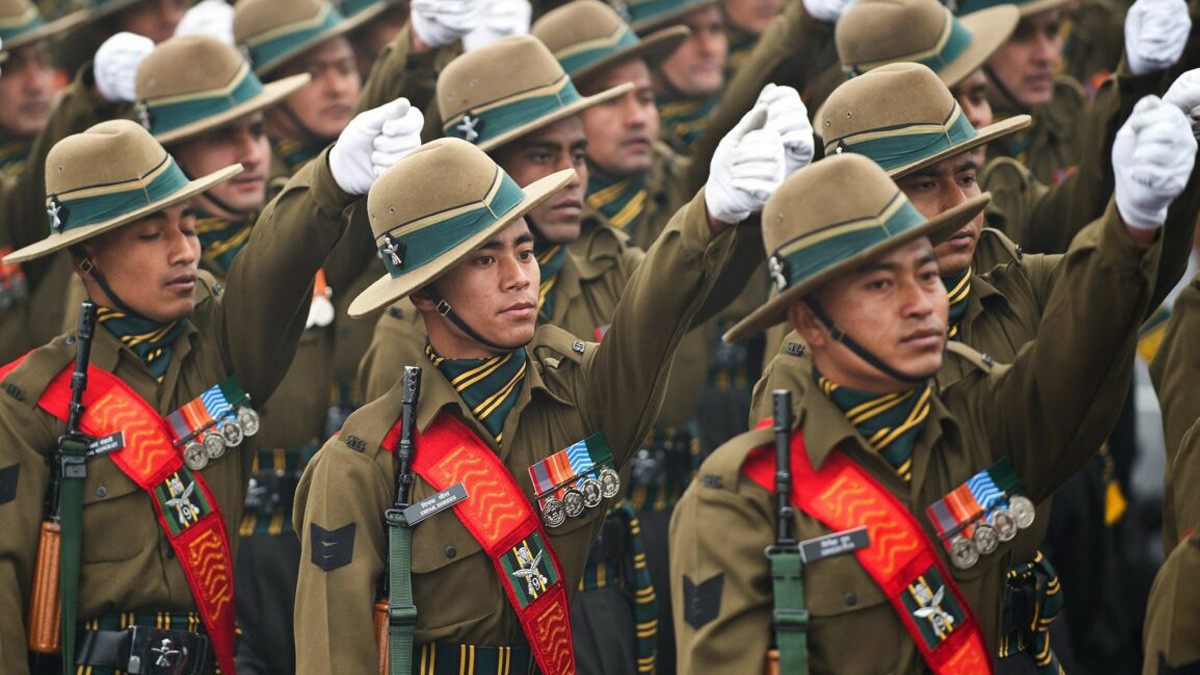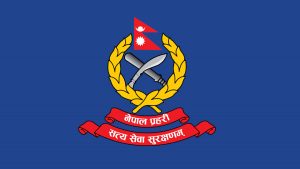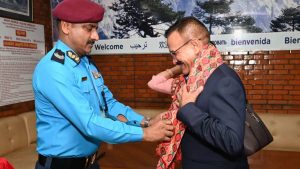
India’s Agnipath Scheme: A big challenge for Prachanda-led government

According to experts, under the ‘India’s Agnipath Scheme’, the issue of recruiting Nepali youths in the Indian Army may become the first challenge for newly appointed Prime Minister Pushpa Kamal Dahal ‘Prachanda’ in the relations with India.
According to a leader of ruling party, as the Prime Minister is yet to win a vote of confidence in Parliament and the process of appointing a new foreign minister is underway, it may take some time to decide on this matter.
In the first week of last June, India introduced a new scheme called Agneepath for new recruits in the military.
‘Agnipath Scheme’ was launched by the Ministry of Defense of India for new recruits in the military. Youths between the ages of 17 and a half to 23 years can be recruited under the Agneepath scheme. According to this scheme, the recruits will be allowed to serve only for 4 years. The officers to be recruited under this new scheme will be called Agniveer. Only 25% of the ‘Agniveers’ will be given the permanent commission for the next 15 years while the rest would be sent home. They will not get a pension facility.
The Sher Bahadur Deuba-led Nepal government had suspended the recruitment process of Nepali youths into the Indian Army on August 2022. At that time, Nepal had told India that the new government would decide on the matter after the elections.
The spokesperson at India’s Ministry of External Affairs, Arindam Bagchi at a regular press conference said that India will recruit Gurkha soldiers under the Agnipath scheme.
Similarly, Former Foreign Minister and CPN-UML leader Pradeep Gyawali on August had opined in Indian media that India should have consulted Nepal before bringing in these changes. “We have serious concern for the future of the 75% of the recruits who will become jobless after being trained in military combat. Prospects of having such young men who will remain unemployed despite being well trained in military combat are causing deep worries in Nepal which has emerged from a decade-long civil conflict.
A retired senior officer of the Gurkha Brigade of the Indian Army said that if there is no decision by the 28 January, the Nepali youth may be denied admission for the second time as well.
Ashok K. Mehta, a former Major general of Indian Army, speaking to BBC Nepali, said that “Agneepath is the first question for the government led by Prachanda” in terms of foreign policy. He said, ‘I think that the first decision of the Prachanda government in foreign affairs will be about Agneepath. The recruitment drive, which was supposed to start in December, has been delayed.
He further expressed his ‘doubt’ whether the Nepalese government would agree to enroll its youth in the Indian Army for four years. Mehta also opined that Agneepath scheme should not be implemented in Gorkha recruitment.
Tripartite agreement
Recruitment of Gurkha soldiers from Nepal into India’s Army has been governed by the Tripartite Agreement of 1947 under which Indian and British forces recruited Gurkha soldiers over the past 75 years. The Agnipath scheme, which is now the only mode of recruitment of soldiers into the Indian military, also applies to the Gurkhas.
History of the Gurkhas in the Indian Army
According to the tri-party agreement signed between Nepal, India, and Britain during India’s independence, the Indian Army has been recruiting Nepali soldiers. Currently, the Gurkha Regiment recruits soldiers in seven regiments from India and Nepal for 43 battalions of the Indian Army. The regiments are (1st, 3rd, 4th, 5th, 8th, 9th, and 11th).
As noted by The Print, the Gurkha Regiment comprises 60 percent Nepali Gurkhas and the rest are Indian Gurkhas.
According to Indian media The Indian Express, India recruits around 1,400 soldiers into the Gurkha regiment annually. Similarly, 32,000 to 35,000 Nepalese soldiers are serving in the Indian Army. The number of Indian Army retirees in Nepal is 1.32 lakh.















Comments